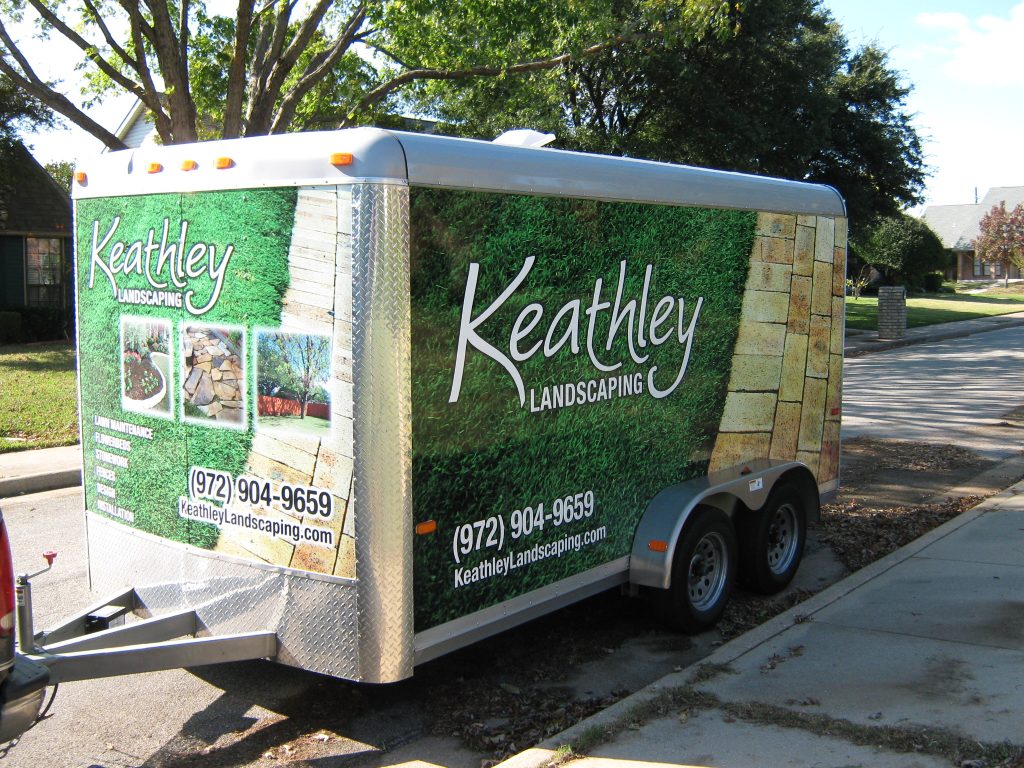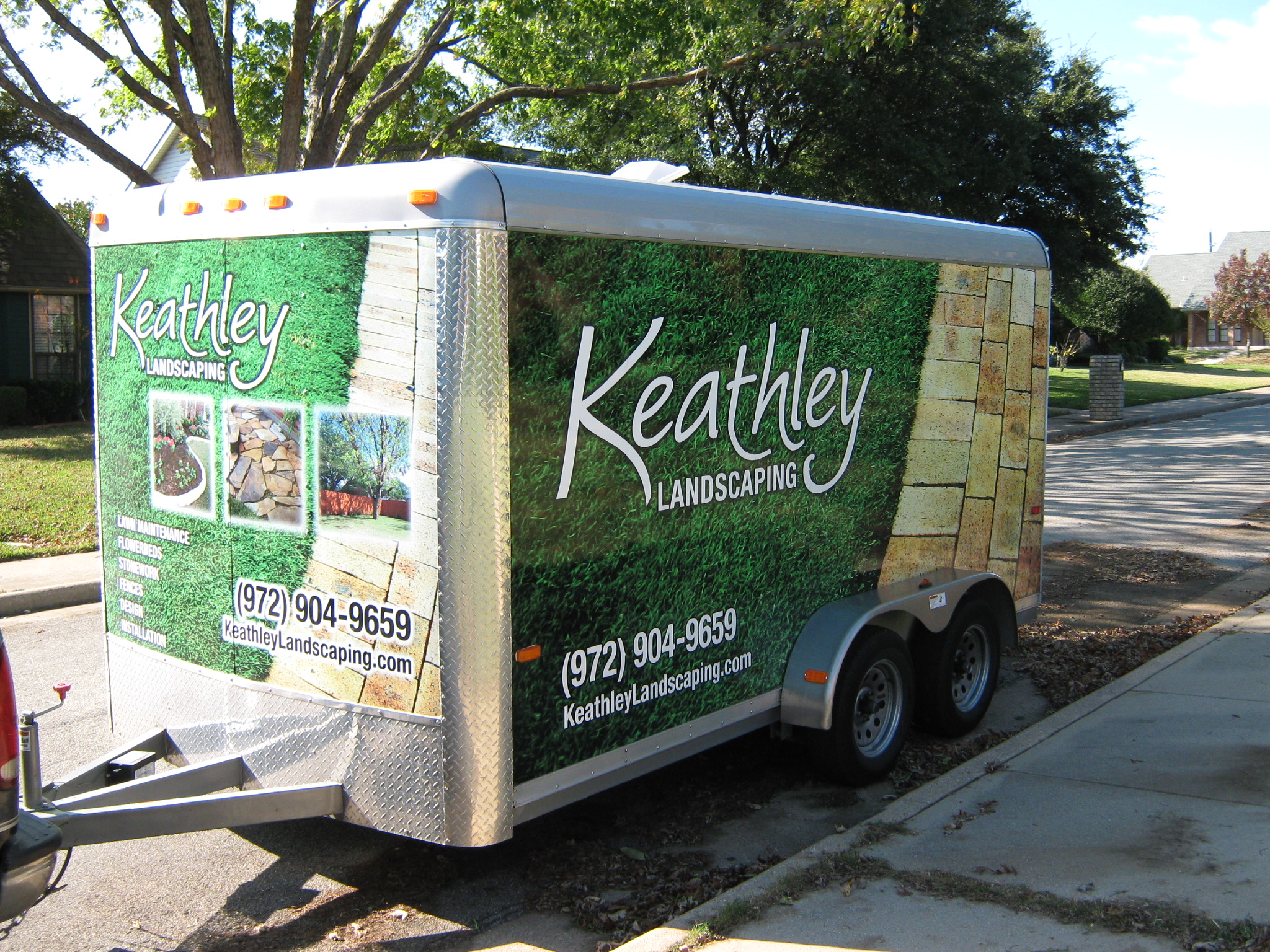Innovative French Drain Designs for Urban Landscapes
As urban areas continue to expand, effective water management becomes increasingly crucial. One of the most efficient solutions for managing excess rainwater and preventing flooding in urban landscapes is the French drain system. However, traditional French drains often face limitations in densely populated areas. In this blog post, we’ll explore some innovative French drain designs tailored for urban landscapes, offering practical solutions for city planners and homeowners alike.
Understanding the Basics: What is a French Drain?
A French drain is a simple yet effective method for redirecting water away from buildings, roads, and other structures. It typically consists of a trench filled with gravel or rock, with a perforated pipe at the bottom that collects and channels water away from the area. This system helps prevent water pooling and soil erosion, protecting the integrity of urban infrastructure.
The Need for Innovative French Drain Designs in Urban Areas
Urban environments pose unique challenges for water management, including limited space, impermeable surfaces, and increased rainfall due to climate change. In fact, a study by the Environmental Protection Agency (EPA) indicates that urban areas can experience runoff rates up to 55% higher than rural areas. This necessitates the development of innovative French drain systems that are both effective and adaptable to urban settings.
Key Features of Modern French Drain Designs
1. Permeable Pavement Integration
Integrating permeable pavement with French drains provides a dual solution for urban water management. Permeable pavement allows water to seep through its surface, reducing runoff and directing it into the French drain system below. This design not only enhances water infiltration but also improves the aesthetic appeal of urban landscapes.
2. Vertical French Drains
Vertical French drains, also known as “dry wells,” are ideal for areas with limited horizontal space. These systems extend deeply into the ground, allowing water to be absorbed more efficiently. They are particularly useful in urban settings where shallow soil layers restrict traditional horizontal drain installations.
3. Modular French Drain Systems
Modular French drain systems offer flexibility and ease of installation. These pre-engineered systems can be customized to fit specific urban requirements, providing scalable solutions for both small and large projects. Their modular nature also simplifies maintenance and potential future upgrades.
Implementing Innovative French Drain Designs: Tips for Success
1. Assess Urban Drainage Needs
Before implementing a French drain system, it’s essential to conduct a thorough assessment of the urban area’s drainage needs. Consider factors such as rainfall patterns, soil composition, and existing infrastructure. This information will guide the selection of the most suitable French drain design for the location.
2. Collaborate with Landscape Architects
Working with landscape architects ensures that French drain systems are seamlessly integrated into urban landscapes. These professionals can help balance functionality with aesthetics, ensuring that the drainage solutions enhance the overall design of the area.
3. Utilize Sustainable Materials
Opting for sustainable materials in French drain construction can significantly reduce environmental impact. Recycled materials, such as crushed concrete and reclaimed stones, are excellent choices for eco-friendly drainage systems. Additionally, sustainable materials often offer cost-saving benefits.
4. Regular Maintenance and Monitoring
Regular maintenance is crucial for the optimal functioning of French drain systems. This includes clearing debris, inspecting for damage, and ensuring that water is being effectively redirected. Implementing a monitoring system can help detect potential issues early, preventing costly repairs.
Case Studies: Successful Urban French Drain Projects
Several urban areas have successfully implemented innovative French drain designs, demonstrating their effectiveness and adaptability:
1. New York City’s Green Infrastructure Plan
New York City has integrated French drains into its green infrastructure plan, using permeable pavements and modular systems to manage stormwater runoff. This initiative has helped reduce sewer overflow events by over 80%, showcasing the potential of innovative drainage solutions.
2. Seattle’s Thornton Creek Water Quality Channel
Seattle’s Thornton Creek Water Quality Channel incorporates vertical French drains to manage urban runoff. The project has not only improved water quality but also revitalized the surrounding landscape, providing a habitat for local wildlife.
Conclusion: Embracing Innovation for Urban Water Management
As urban landscapes continue to grow, the need for innovative water management solutions becomes more pressing. French drains offer a versatile and effective method for addressing the challenges of urban runoff. By embracing modern designs, such as permeable pavements, vertical installations, and modular systems, cities can enhance their resilience against flooding and environmental degradation. Through strategic planning, collaboration, and sustainability, urban areas can transform their water management practices, ensuring a safer and more sustainable future.
Incorporating these innovative French drain designs not only protects infrastructure but also enhances the quality of urban life. As we move forward, it’s crucial for city planners, architects, and homeowners to consider these advanced solutions, paving the way for smarter, greener urban environments.





































Recent Comments